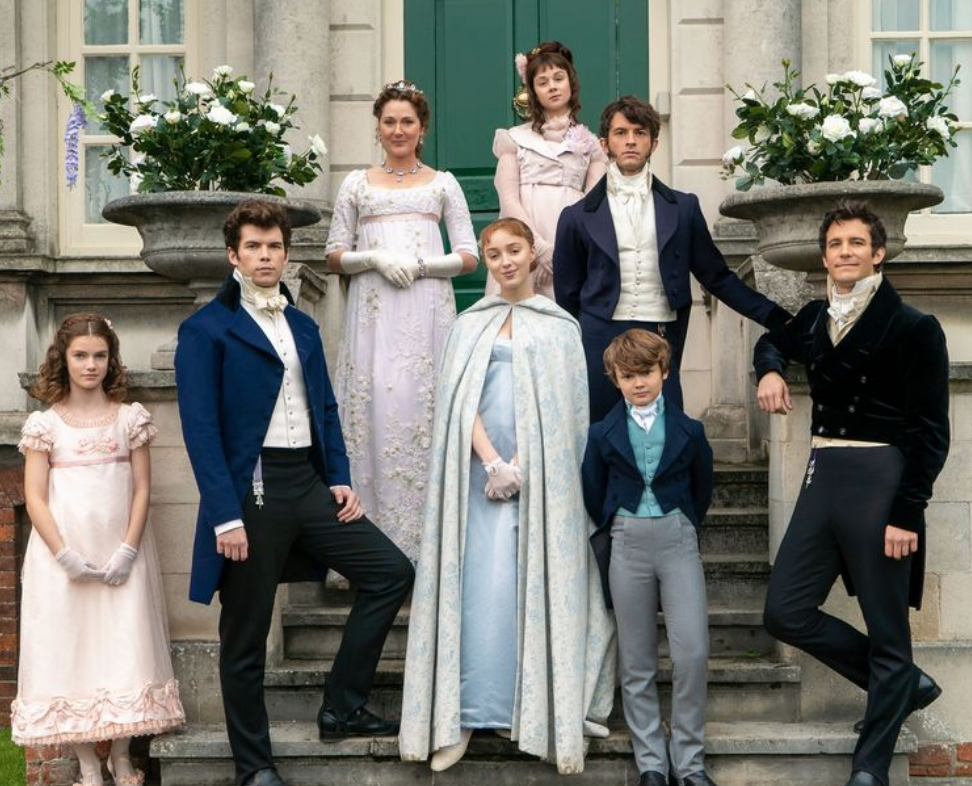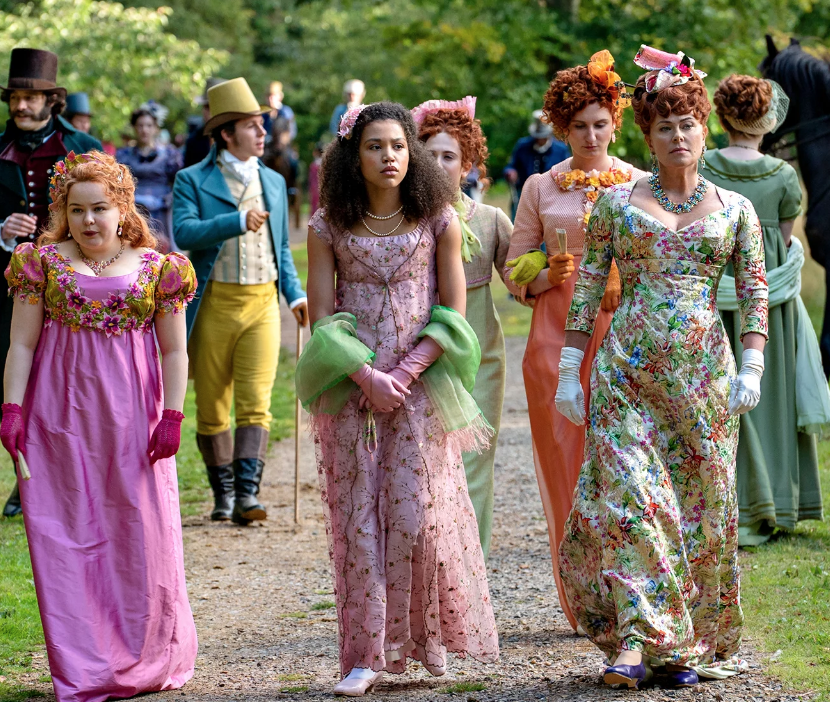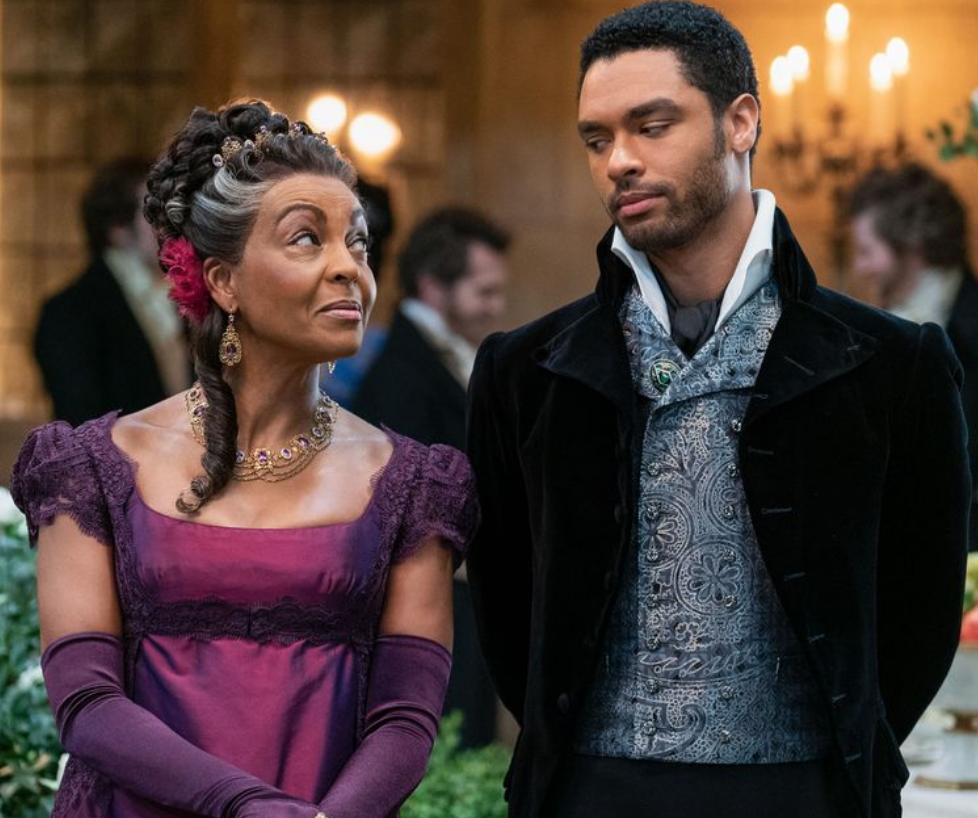Time To Get Critical About Representation in “Shameless”
A decade since it aired, Shameless (U.S.) has always stuck to its guns (and baseball bats) about character diversity.
Incluvie Foundation Gala - Learn More
Shondaland’s newest venture- released on Netflix on Christmas- is certainly a spectacle to behold, just as the premise; essentially an Austenian, Regency-Era Gossip Girl, helmed by Shonda Rhimes, the reigning queen of steamy romance television. It would not be inaccurate to describe it as Jane Austen porn.
The series follows the eight Bridgerton siblings, a well-to-do family living in posh Grosvenor Square in London in the summer of 1813, and each of their dalliances in love. Primarily, however, the show follows the budding romance between Daphne Bridgerton (Phoebe Dynevor), the eldest daughter and the proclaimed “diamond of the season,” and Simon Basset, the brooding Duke of Hastings (played by the immeasurably gorgeous Regé-Jean Page). What begins as a classic fake-dating trope eventually grows into real feelings between the two, complicated by the fact that Simon swore to his father on his deathbed that he would never have children, ensuring that the Hastings line ends with him, in a complicated revenge against his cruel father.

The show is full of drama, of course, though the central mystery of the series centers around the identity of Lady Whistledown, the de facto Gossip Girl of nineteenth century London, who keeps the populace informed of the gossip of the wealthy elite. Lady Whistledown’s identity is revealed at the end of the season, and is a fairly believable twist.
There’s a lot that Bridgerton does right, and the set and costume design is definitely a part of it. The gowns of the fine ladies as well as the Bridgerton and Featherington estates are filled with bright, beautiful colors — nearly flashy enough for what the show lacks in plot — the show has a lot of ideas, and little follow-through on any of them.

If you come to Bridgerton for the romance, however, and not for any particularly inspired characters or plot twists, then you’ll certainly find satisfaction; the strongest point of the show is the chemistry between its two leads, and watching them fall in love is a joy. The ballroom scenes are particularly swoon-worthy — especially when the characters are dancing to classically-styled covers of modern pop songs (seriously, the string cover of Taylor Swift’s “Wildest Dreams” is to die for).
The arc of Daphne’s sexual liberation, however, is a bit complicated, especially in the later half of the season. One scene, in particular, crosses the line of consent and deeply problematizes the entire relationship of the central characters. The show, however, never addresses the transgression directly, and certainly does not side against Daphne’s actions, which sours the sweetness of the conclusion of the season.
Bridgerton is certainly the most diverse popular period piece in recent memory — and many of the show’s standout performances come from the actors of color (particularly important to note once again the steamy-and-dreamy depiction of the Duke of Hastings, as previously mentioned, as well as the wonderful Adjoa Andoh as Lady Danbury, the Duke’s quasi-guardian and mentor who, by and large, gets the best lines of the show).

The show, however, seems to stray from the “color-blind” casting of previous shows — a brief conversation between Lady Danbury and the Duke reveals that when the King married Queen Anne, a woman of color (played to a tragicomic perfection by Golda Rosheuvel), this allowed people of color to rise up in society — people such as Lady Danbury and Simon’s father. This conversation, ever so brief, reveals that Bridgerton operates in a world parallel to ours, yet slightly different. It also sheds light on why Simon’s father, perhaps, places such pressure on Simon in his childhood to beget an heir, and to live up to the dukedom’s legacy, and intimates that there is a more complex social structure operating in the world of Bridgerton than we really get a glimpse of. If the show bothered to investigate the relationships between race and courtship and class, then this could be a really compelling alternative historical universe. Hopefully the show delves more deeply into these topics in the second season.
Altogether, Bridgerton, in many ways, is exactly what it promises: bright, lavish, and beautiful, all tastefully narrated by the one and only Julie Andrews. But at the end of the season, I couldn’t help but wonder if it couldn’t have been something more.
Incluvie rating: 2
Movie rating: 3
incluvie | Movie and TV Reviews for Diversity
Originally written by Caitlin Fisher, January 19, 2021
Related lists created by the same author
A decade since it aired, Shameless (U.S.) has always stuck to its guns (and baseball bats) about character diversity.